#pacific islands
Text
while everyone's rightfully talking about oppenheimer and its flaws regarding the erasure of japanese and native american voices regarding nuclear testing and detonations, i'd like to bring up the fact that pacific islanders have also been severely impacted by nuclear testing under the pacific proving grounds, a name given by the US to a number of sites in the pacific that were designated for testing nuclear weapons after the second world war, at least 318 of which were dropped on our ancestral homes and people. i would like if more people talked about this.
important sections are bolded for ease of reading. i would appreciate this being reblogged since it's a bit alarming how few people know about this.
--
in 1946, the indigenous peoples of pikinni (the bikini atoll) were forcibly relocated off of their islands so that nuclear tests could be run on the atoll. at least 23 nuclear bombs were detonated on this inhabited island chain, including 20 hydrogen bombs. many pasifika were irreversibly irradiated, all of them were starved during multiple forced relocations, and the island chain is still unsafe to live on despite multiple cleanup attempts. there are several craters visible from space that were left on the atoll from nuclear testing.
the forced relocation was to several different small and previously uninhabited islands over several decades, none of which were able to sustain traditional lifestyles which directly lead to further starvation and loss of culture and identity. there is a reason that pacific islanders choose specific islands to inhabit including access to fresh water, food, shelter, cloth and fibre, climate, etc. and obviously none of these reasons were taken into account during the displacements.
200 pikinni were eventually moved back to the atoll in the 1970s but dangerous levels of strontium-90 were found in drinking water in 1978 and the inhabitants were found to have abnormally high levels of caesium-137 in their bodies.
--
i'm going to put the rest of this post under a readmore to improve the chances of this being reblogged by the general public. i would recommend you read the entirety of the post since it really isn't long and goes into detail about, say, entire islands being fully, utterly destroyed. like, wiped off of the map. without exaggeration, entire islands were disintegrated.
--
as i just mentioned, ānewetak (the eniwetok atoll) was bombed so violently that an entire island, āllokļap, was permanently and completely destroyed. an entire island. it's just GONE. the world's first hydrogen bomb was tested on this island. the crater is visibly larger than any of the islands next to it, more than a mile in diameter and roughly fifteen storeys deep. the hydrogen bomb released roughly 700 times the energy released during the bombing of hiroshima. this would, of course, be later outdone by other hydrogen bombs dropped on the pacific, reaching over 1000 times the energy released.
one attempt to clean up the waste on ānewetak was the construction of a large ~380ft dome, colloquially known as the tomb, on runit island. the island has been essentially turned into a nuclear waste dump where several other islands of ānewetak have moved irradiated soil to and, due to climate change, rising seawater is beginning to seep into the dome, causing nuclear waste to leak out. along with this, if a large typhoon were to hit the dome, there would be a catastrophic failure followed by a leak of nuclear waste into the surrounding land, drinking water, and ocean. the tomb was built haphazardly and quickly to cut costs.
hey, though, there's a plus side! the water in the lagoon and the soil surrounding the tomb is far more radioactive than the currently contained radioactive waste. a typhoon wouldn't cause (much) worse irradiation than the locals and ocean already currently experience, anyway! it's already gone to shit! and who cares, right, the only ""concern"" is that it will just further poison the drinking water of the locals with radioactive materials. this can just be handwaved off as a nonissue, i guess. /s
--
at least 36 bombs were detonated in the general vicinity of kiritimati (christmas island) and johnson atoll. while johnson atoll has seemingly never been inhabited by polynesians, kiritimati was used intermittently by polynesians (and later on, micronesians) for several hundred years. many islands in the pacific were inhabited seasonally and likewise many pacific islanders should be classified as nomadic but it has always been convenient for the goal of white supremacy and imperalism to claim that semi-inhabited areas are completely uninhabited, claimable pieces of terra nullius.
regardless of the current lack of inhabitants on these islands, the nuclear detonations have caused widespread ecological damage to otherwise delicate island ecosystems and have further spread nuclear fallout across the entirety of the pacific ocean.
--
while the marshall islands, micronesia, and the surrounding areas of melanesia and polynesia were (and still are) by far the worst affected by these atrocities, the entirety of the pacific has been irradiated to some extent due to ocean/wind currents freely spreading nuclear fallout through the water and air. all in all, at least 318 nuclear bombs were detonated across the pacific. i say "at least" because these are just the events that have been declassified and frankly? i wouldn't be shocked to find out they didn't stop there.
please don't leave the atomic destruction of the pacific out of this conversation. we've been displaced, irradiated, murdered, poisoned, and otherwise mass exterminated by nuclear testing on purpose and we are still suffering because of it. many of us have radiation poisoning, many of us have no safe ancestral home anymore. i cannot fucking state this enough, ISLANDS WERE DISINTEGRATED INTO NONEXISTENCE.
look, this isn't blaming people for not talking about us or knowing the extent of these issues, but it's... insidiously ironic that i haven't seen a single post that even mentions pacific islanders in a conversation about indigenous voices/voices of colour being ignored when it comes to nuclear tests and the devastation they've caused.
#ask to tag. i understand this is heavy and i've tried to tag accordingly#oppenheimer#oppenheimer 2023#pasifika#micronesian#melanesian#polynesian#pacific islands#indigenous#pacific ocean#pacific proving grounds#racism#imperialism#genocide#nuclear weapons#indigenous genocide#nuclear#nuclear bomb#us imperialism#displacement#nuclear imperialism
5K notes
·
View notes
Text
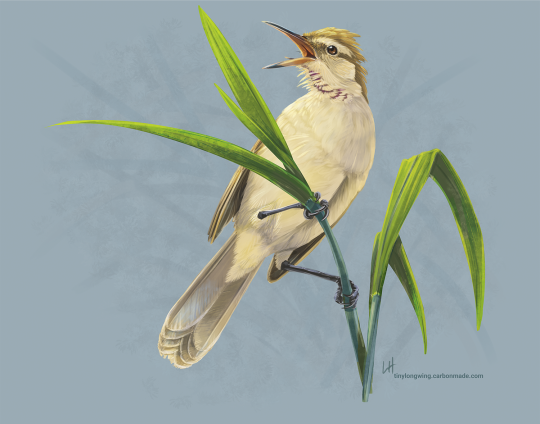
Ga'ga karisu, Saipan Reed-Warbler (Acrocephalus hiwae) is a critically endangered species found in the Northern Mariana Islands. Though few remain due to habitat loss, they fill the air with their rich melodic songs in those places where they can still hold on.
Their closest relative, the Nightingale Reed-Warbler of Guam, is extinct due to habitat loss and the invasive brown tree snake.
#endangered species#endangered birds#scientific illustration#birblr#saipan reed-warbler#reed-warbler#nightingale reed-warbler#northern mariana islands#pacific islands#artists on tumblr
3K notes
·
View notes
Text

Ultramarine Lorikeets (Vini ultramarina), family Psittaculidae, endemic to the Marquesas Islands (South Pacific)
ENDANGERED.
photograph by peterodekerken
3K notes
·
View notes
Text
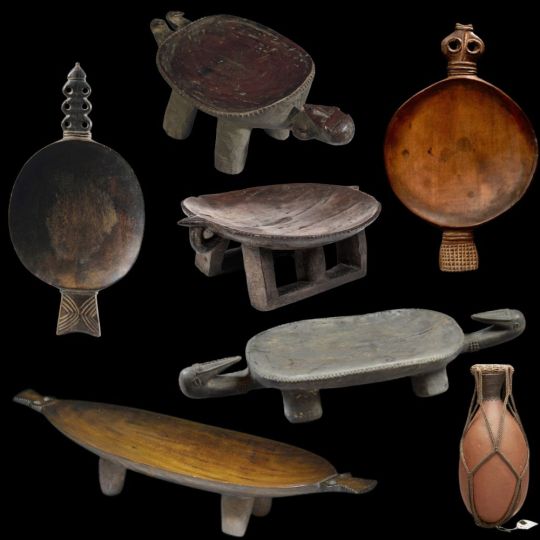
Vanuatu Pudding dishes
266 notes
·
View notes
Text
How Māori and Pacific sports stars are helping revitalize vulnerable languages!
(Interested in indigenous language revitalization? You’re in the right place! Hit Follow for more!)
176 notes
·
View notes
Text
"In New Zealand, Pacific Island scientists have just been given a large grant to run a study trial on the use of the traditional kava preparation and kava ceremony for treating PTSD.
Believing it could help treat PTSD and other trauma in soldiers and veterans, police officers, and corrections facility staff, the two scientists want to revise the reputation of kava, which was damaged by a pharmaceutical rush into the product some years ago.
Dr. Apo Aporosa of Fijian descent on his mother’s side, and Dr. Sione Vaka from Tonga, have received $1 million from the Health Research Council to combine kava drink with the traditional ceremony of conversation.
“I’m so stoked that Health Research Council has faith in us as a team to do this critically important work,” Dr. Aporosa told the NZ Herald. “It’s likely we’re going to spend a million dollars to prove what traditional Pacific knowledge has been trying to tell Europeans for the last 200 years.”
Kava comes in many traditional names, all relating to the root of the Piper methysticum plant. Across the islands of the Pacific, the root was stirred in water and drank for its subtle euphoric, but also sedative properties. Accompanying the drink was a Talanoa or what Dr. Aporosa is referring to as “talk therapy,” but what was essentially a heart-to-heart conversation.
Their study will take two groups of people and give them both the whole kava drink plus the talanoa, referred to as “the full package” while another group will receive just the talanoa, and another group just the kavalactones—the active ingredient in the plant.
In 2009, the Cochrane Institute confirmed that kava was probably more effective than placebo for treating anxiety. At the time, pharmaceutical and supplement companies had quickly isolated kavalactones and sold them as a natural relaxant.
Like most indigenous populations, New Zealand’s Māori population suffers from higher rates of stress, trauma, and anxiety than the national average, and the Health Research Council believes that the Kava ceremony is the most sensible way to fulfill this unmet need.
“We do know that… talk therapy works for some PTSD cases,” Dr. Aporosa said, adding that talanoa is basically talk therapy, done while sitting on the floor rather than in chairs.
“We know that kava has relaxant properties, that kava is a natural anti-anxiety medication, so we combine those two elements in a culturally influenced space, and we’ve got something here that’s unique.”
Aporosa understands the situation better than most. Not only is he from Pacific stock, but he was a police officer who had to leave the force due to PTSD from the line of duty.
His experience traveling the world speaking with former military and police got him the Fulbright Scholarship to study the kava ceremony in Hawai’i, another island culture that uses the plant.
His hope is to show that it works significantly in the trial, and then release a free e-book about how to perform the ceremony and intervention, in order to ensure the largest number of people can access the knowledge of this traditional Pacific medicine."
-via Good News Network, July 5, 2023
#kava#traditional medicine#indigenous#pacific islander#ptsd#trauma#anxiety#therapy#talk therapy#medical research#alternative medicine#new zealand#pacific islands#fiji#tonga#good news#hope#mental health
114 notes
·
View notes
Text

It's getting weird posting snow scenes when it is 60 degrees out in February!
Photo: Waikiki Beach, Oahu, Hawaii
#hawaii#oahu#waikiki#waikiki beach#hawaiian islands#palm trees#beach#pacific ocean#polynesia#ocean#nature#hi#the aloha state#aloha#tropical islands#pacific islands#tropical vacation#travel#tourism#adventure#explore#usa
53 notes
·
View notes
Text
#hyper specific poll#hyper specific polls#hyperspecific poll#hyperspecific polls#polls#m#my mom#personal poll#specific polls#specific poll#rush#pacific islands#drum line#drumline
30 notes
·
View notes
Text
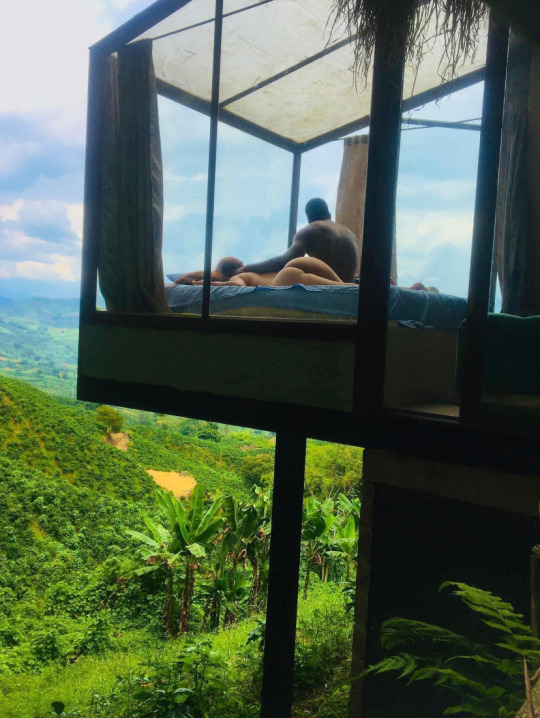
How I’m tryna be on vacation this winter
30 notes
·
View notes
Text
Pacific islands move to recognise whales as legal persons in a bid to protect them
youtube
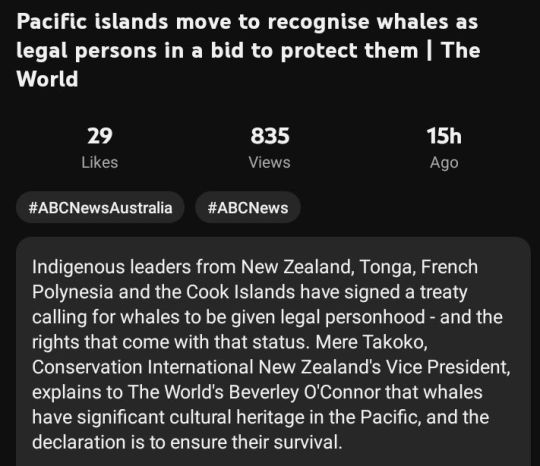
#pacific islands#animal rights#animalrights#ausgov#politas#auspol#tasgov#taspol#australia#sea#ocean#ocean life#fuck neoliberals#neoliberal capitalism#anthony albanese#albanese government#pollution#pollutants#polluted water#global warming#animals#animal#whale sub#whale shark#children of the whales#killer whales#the one with the whales#whales#whale tail#whale weekly
16 notes
·
View notes
Text
Wow! This one guy who is a part of Giovanni's friend group is so cool!
I wish he was just like me fr....
Haha jk bookie he is 😝
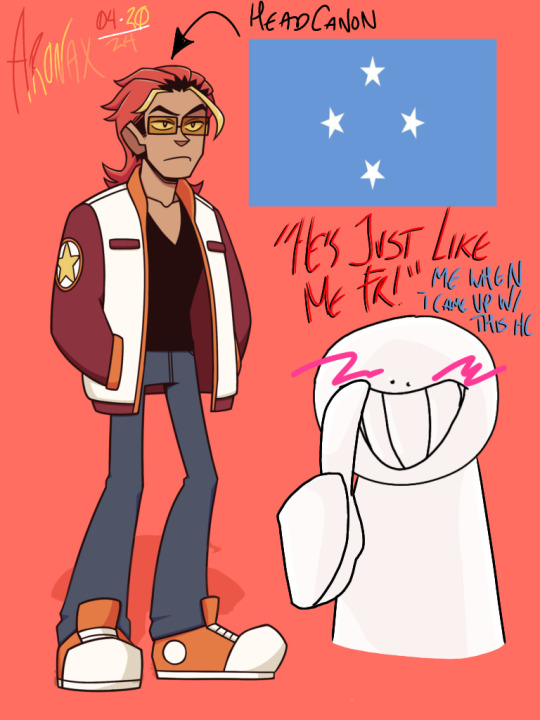

Also here's something silly I did with shading
#shit i made with my hanz#epithet erased#epithet erased flamethrower#epithet erased banzai blasters#ee flamethrower#micronesia#pacific islands#pacific islander#headcanon#me thinkz#i jello finds this i might jump off a brigde#or a cliff#idc whatevers closer#anyways#thats what i think his nationality is#remember this is a headcanon#but if it WAS canon#i think I'd lose my marbles
12 notes
·
View notes
Text
DNA Tracks - pure facts

#DNA Tracks - pure facts#dna#australia#aboriginals#african dna#india#asia#europe#pacific islands#Black and Original
25 notes
·
View notes
Text
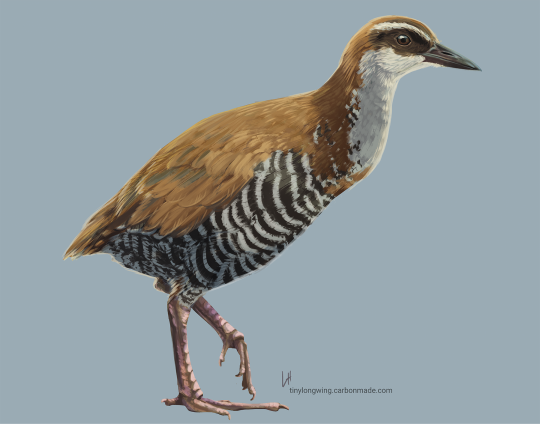
Ko'ko' bird (Guam Rail) is a critically endangered species in the Mariana Islands. Once considered extinct in the wild, a few are now found on Cocos Island off Guam. Currently the bulk of the population is in captive breeding programs. They are mainly threatened by invasive snakes & feral cats.
#birdblr#birblr#guam rail#endangered birds#endangered species#wetlands#pacific islands#guam#mariana islands#birb#scientific illustration#artists on tumblr
158 notes
·
View notes
Text
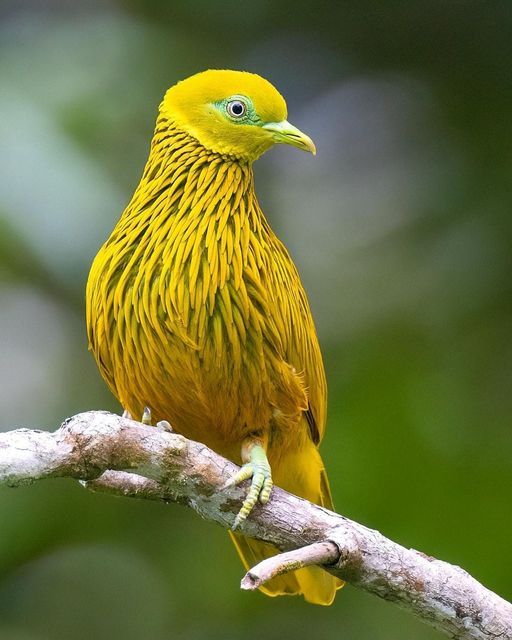
Golden Fruit Dove (Ptilinopus luteovirens), male, family Columbidae, order Columbiformes, endemic to Fiji
photographs by chris venetz
#fruit dove#dove#columbidae#columbiformes#ptilinopus#bird#ornithology#animals#nature#fiji#pacific islands
491 notes
·
View notes
Text
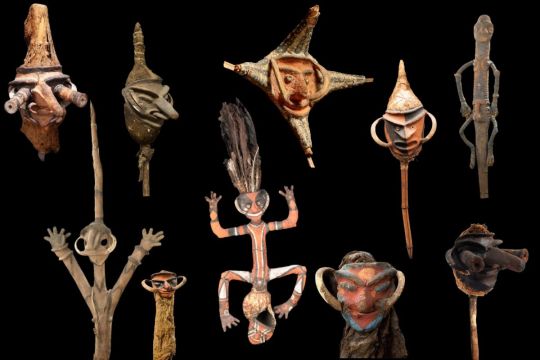
Vanuatu Rod puppets
#vanuatu#pacific islands#vanuatu art#street art#artworks#primative art#tribal art#world art#puppets#traditional puppets#primitive weapon#weapons
227 notes
·
View notes
Text
How Military Jet Fuel Leaked Into Hawai'i's Drinking Water
youtube
One of the environmental and health catastrophes caused by the US military occupation of Hawai'i has been the water poisoning. This short documentary explores this topic and how it has been obscured to avoid responsibility.
#hawai'i#stateless nations#end the occupation#us army#us military#hawaii#pacific islands#water#anti military#antimilitarism#us imperialism#imperialism#💬#Youtube
15 notes
·
View notes